Exploring Types of Video Laryngoscopes and Their Applications
Aug 09, 2024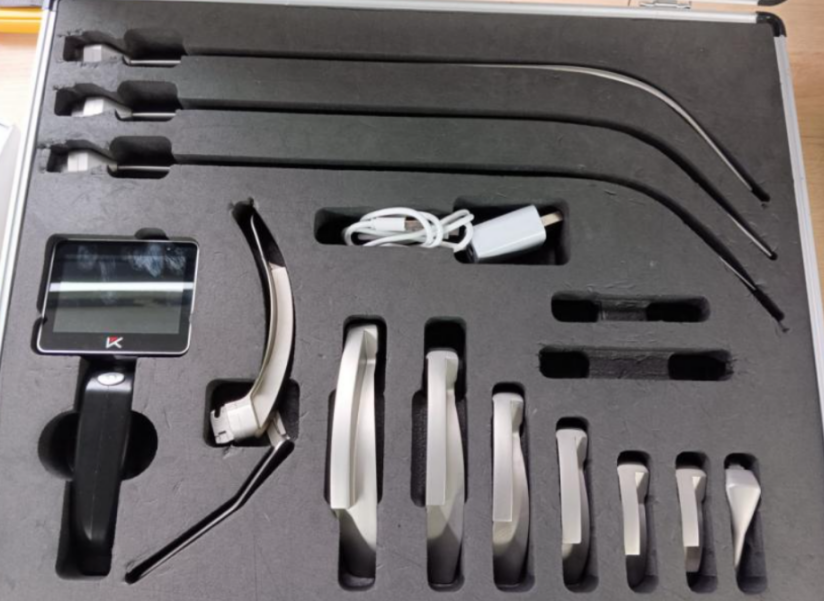
Looking for an answer what is a video laryngoscope? A video laryngoscope is a medical device used to assist in the visualization of the larynx (voice box) and the vocal cords during intubation, which is the process of inserting a tube into the trachea to maintain an open airway. Video laryngoscope enhances visualization of the vocal cords and trachea to improve airway management. From emergency medicine to elective surgeries, a video laryngoscope is a better way in various medical settings. If you have any other questions, please feel free to contact Mole Medical with a free quote and an easy order process.

Types of Video Laryngoscopes
1. Standard Video Laryngoscopes
One of Types of Video Laryngoscopes like Standard video laryngoscopes are the most commonly used devices in modern airway management. They feature a camera mounted on the blade, which provides a live feed of the vocal cords and trachea to an external monitor.
The blade design is typically similar to traditional laryngoscopes, allowing for a familiar technique in an enhanced format. Standard video laryngoscopes offer high-definition images, improving the visibility of the airway structures and facilitating easier intubation.
These devices are widely utilized in hospitals and surgical centers for routine intubations. Their reliability and ease of use make them a preferred choice in both emergency and elective procedures.
2. Disposable Video Laryngoscopes
Disposable video laryngoscopes are designed for single-use, reducing the risk of cross-contamination and eliminating the need for extensive cleaning and sterilization. These devices come with a pre-attached video camera and a blade, which can be easily discarded after use.
The main advantage of disposable video laryngoscopes is their convenience and hygiene. They are ideal for use in emergency situations where time and sterility are critical. Moreover, their cost-effectiveness makes them a suitable option for practices with high patient turnover.
These laryngoscopes are commonly used in emergency medical services, outpatient surgery centers, and other settings where infection control is a priority. Their disposable nature helps streamline workflows and ensures that each patient receives a clean, sterile device.
3. Flexible Video Laryngoscopes
Flexible video laryngoscopes feature a flexible shaft that can be maneuvered to access difficult airways. The camera is mounted at the tip of the flexible blade, providing real-time images of the airway as the device is advanced or repositioned.
This flexibility makes these laryngoscopes particularly useful in challenging intubation scenarios, where direct visualization might be obstructed. They are also beneficial in patients with anatomical variations or in cases of trauma.
Flexible video laryngoscopes are commonly employed in complex surgical procedures, critical care environments, and situations where traditional laryngoscopes might struggle. Their adaptability and precision are essential for managing difficult airways effectively.
4. Video Laryngoscopes with Integrated Stylets
Video laryngoscopes with integrated stylets combine the features of a standard video laryngoscope with a built-in stylet that helps shape the endotracheal tube for easier insertion. This integration enhances the device’s functionality by providing additional control over the tube’s path.
The integrated stylet allows for more precise tube placement and can be particularly helpful in cases where the airway is obstructed or anatomically challenging. It reduces the need for multiple instruments, simplifying the intubation process.
These devices are especially useful in complex or high-risk intubation scenarios, including those in critical care units and during advanced surgical procedures. Their ability to streamline the intubation process and improve accuracy makes them a valuable addition to airway management tools.
Applications of Types of Video Laryngoscopes
1. Emergency Medicine
In emergency medicine, video laryngoscopes play a crucial role in rapid airway management. Their ability to provide clear, real-time images of the airway structures significantly improves the success rate of intubations during critical situations.
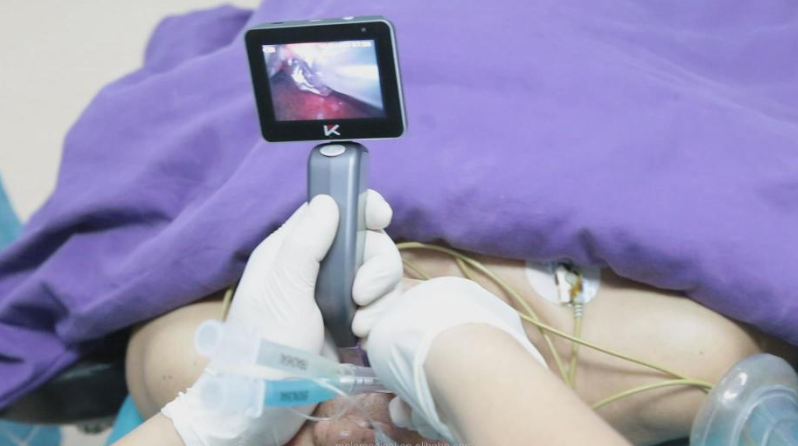
Video laryngoscopes are particularly beneficial in cases of trauma or when the patient presents with a difficult airway. Their advanced visualization capabilities help emergency physicians make swift and accurate decisions, which is essential for patient outcomes.
The use of video laryngoscopes in emergency settings also helps reduce the time spent on intubation, thereby minimizing potential complications and improving overall efficiency in patient care.
2. Elective Surgeries
In elective surgeries, video laryngoscopes offer enhanced control over airway management, contributing to better surgical outcomes. Surgeons and anesthesiologists can use these devices to visualize the airway more clearly, ensuring proper tube placement and reducing the risk of complications.
The high-definition imaging provided by video laryngoscopes allows for precise adjustments during intubation, which is particularly important in procedures involving delicate or high-risk patients. Their use in elective surgeries enhances both safety and efficiency.
Additionally, video laryngoscopes can be employed in various surgical specialties, including orthopedic, cardiovascular, and neurosurgery, where precise airway management is critical.
3. Critical Care
In critical care settings, video laryngoscopes are invaluable tools for managing patients with compromised airways. Their ability to provide real-time visualization helps intensivists and critical care nurses perform accurate intubations, especially in patients with severe respiratory distress or anatomical challenges.
These devices are often used during routine procedures such as mechanical ventilation adjustments, as well as in emergent situations where airway management is paramount. The enhanced visualization capabilities contribute to improved patient safety and outcomes in critical care environments.
Moreover, video laryngoscopes in critical care settings assist with frequent intubation procedures, making them a key component of the airway management toolkit in intensive care units.
Using Types of Video Laryngoscopes in Various Settings
1. Hospitals and Surgical Centers
In hospitals and surgical centers, video laryngoscopes are integrated into routine practice for both elective and emergency procedures. Their advanced features support a range of surgical specialties and enhance overall patient care.
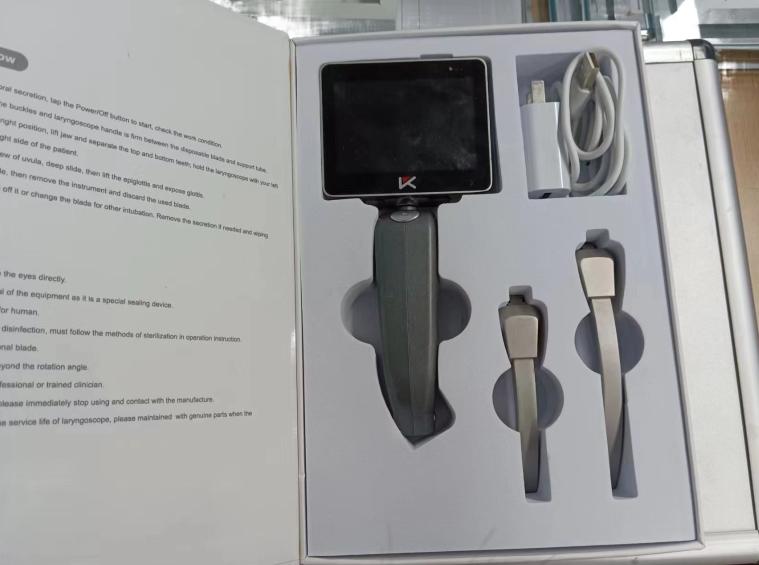
Healthcare providers use video laryngoscopes to facilitate smoother intubations, reduce the risk of complications, and improve surgical efficiency. The devices are often available in operating rooms and emergency departments, reflecting their widespread utility in these settings.
Training and familiarization with video laryngoscopes are essential for medical staff to ensure effective use. Regular practice and adherence to best practices contribute to optimal patient outcomes in hospital and surgical center environments.
2. Emergency Medical Services (EMS)
In EMS, the rapid and efficient management of airways is critical. Video laryngoscopes provide paramedics and emergency responders with the tools needed for effective intubation in high-pressure situations.
These devices are often included in advanced life support (ALS) kits, enabling pre-hospital providers to manage difficult airways with greater confidence. Their portability and ease of use make them well-suited for emergency medical settings.
Training in the use of video laryngoscopes is crucial for EMS personnel to ensure proficiency and improve patient care. Ongoing education and simulation exercises help responders stay current with the latest techniques and technologies.
3. Outpatient Surgery Centers
In outpatient surgery centers, video laryngoscopes are used to enhance airway management during various procedures. Their disposable versions are particularly popular in these settings due to their convenience and reduced risk of infection.
These devices contribute to efficient workflows and streamlined processes, allowing for quicker patient turnover and increased throughput. Their use helps maintain high standards of hygiene and patient safety in outpatient settings.
Training for staff in outpatient surgery centers includes familiarization with video laryngoscopes’ features and best practices for their use. This ensures that staff are well-prepared to handle airway management effectively.
Customized Airway Management Solutions
1. Tailored Devices for Specific Needs
Mole Medical, a leading supplier of video laryngoscopes, offers customized airway management solutions designed to meet the unique needs of various medical settings. Their strong R&D capabilities allow for the development of tailored devices that address specific challenges in airway management.
Customized video laryngoscopes can include features such as specialized blades, integrated stylets, and adaptable camera systems to suit particular procedural requirements. This level of customization ensures that healthcare providers have the right tools for their unique patient populations and procedural needs.
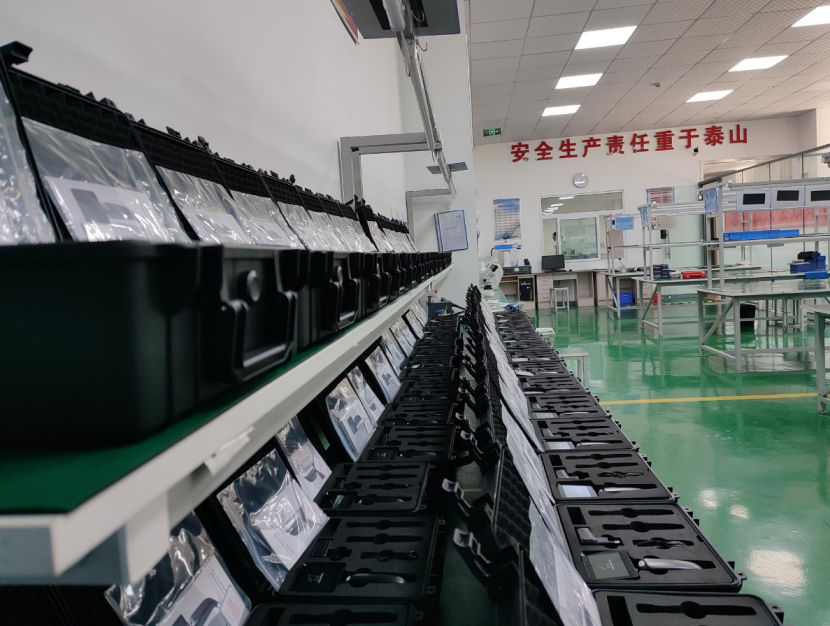
By collaborating with Mole Medical, healthcare facilities can benefit from bespoke solutions that enhance their airway management capabilities and improve patient outcomes.
2. OEM/ODM Customization
Mole Medical supports OEM (Original Equipment Manufacturer) and ODM (Original Design Manufacturer) customization, allowing healthcare providers to obtain video laryngoscopes that meet their specific requirements. This service enables facilities to incorporate unique features and designs into their airway management tools.
OEM/ODM customization provides flexibility in device specifications, such as blade shapes, camera resolutions, and handle designs. This ensures that the video laryngoscopes align with the operational needs and preferences of different healthcare environments.
Customized video laryngoscopes from Mole Medical offer a personalized approach to airway management, enhancing both functionality and efficiency in medical procedures.
3. Support and Innovation
Mole Medical’s commitment to innovation and support extends beyond device customization. The company provides comprehensive assistance in integrating video laryngoscopes into clinical practice, including training, technical support, and ongoing product development.
By staying at the forefront of technological advancements and maintaining strong support systems, Mole Medical ensures that healthcare providers can effectively utilize their customized video laryngoscopes. This commitment to excellence helps improve patient care and operational efficiency across various medical settings.
Conclusion
Video laryngoscopes represent a significant advancement in airway management, offering enhanced visualization and improved outcomes in a range of medical settings. Understanding the different types of video laryngoscopes and their applications can help healthcare professionals select the right tools for their specific needs. Mole Medical’s customized solutions further enhance the effectiveness of video laryngoscopes, providing tailored options that meet the unique requirements of various healthcare environments. With ongoing innovation and support, video laryngoscopes continue to play a crucial role in advancing patient care and safety.
Categories
Latest Articles
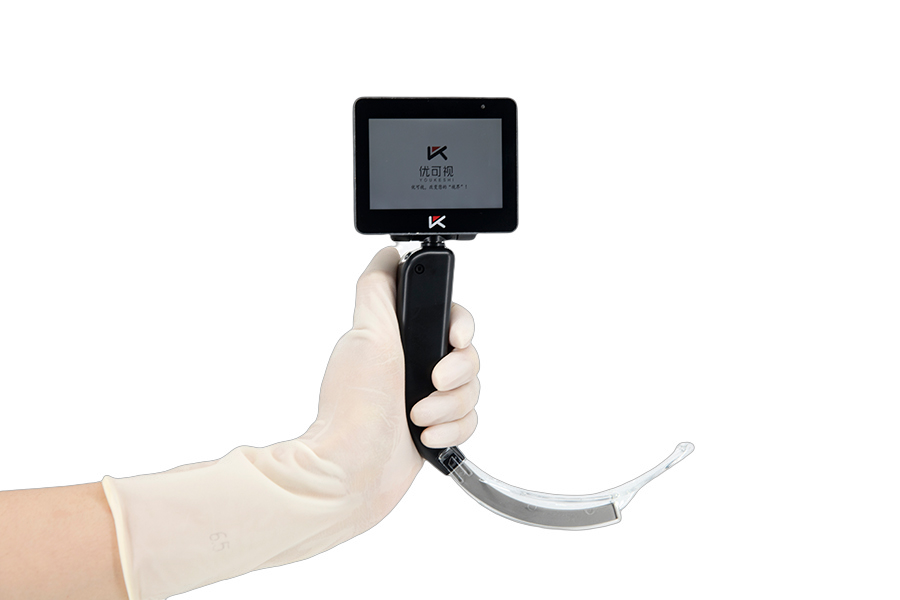
Essential Laryngoscope Parts and Their Vital Uses
The laryngoscope is a vital medical instrument that allows doctors to examine the throat and vocal cords with precision. By providing a clear view of the airway, it plays a crucial role in various medical procedures, particularly in airway management. This tool is essential for ensuring patients can breathe properly, as it facilitates safe and ... Read more
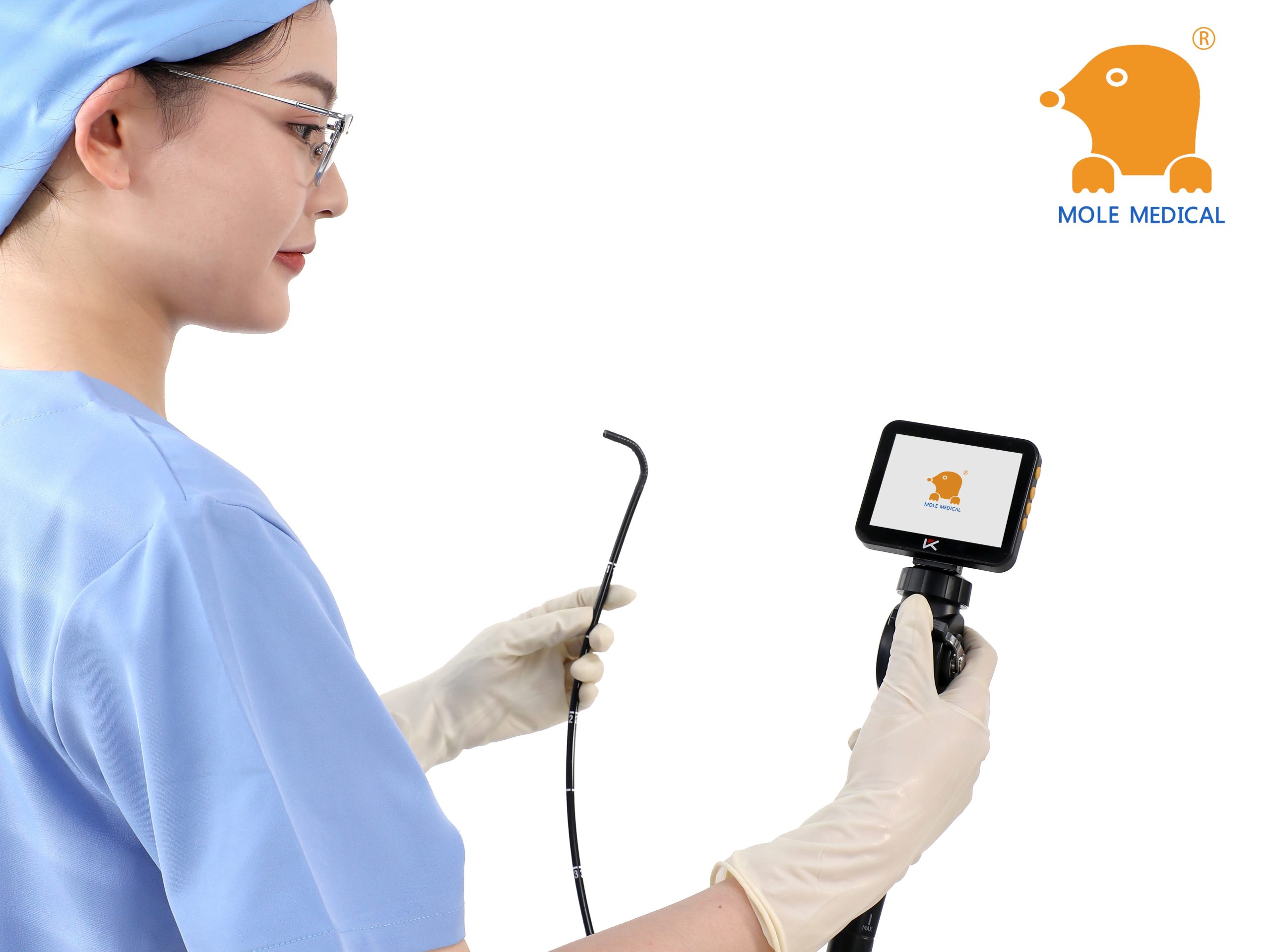
From cleaning to maintenance: a holistic management strategy for Mole medical electronic bronchoscopes
In the modern medical field, electronic bronchoscope is an important tool for the diagnosis and treatment of respiratory diseases, and its accuracy and safety are directly related to the treatment effect and life safety of patients. Mole Medical's electronic bronchoscopes are widely recognized for their superior performance and precise diagnostic capabilities. However, to ensure that this high-end equipment is always in top condition, a comprehensive management strategy from cleaning to maintenance is essential.

More than ten years focus on the field of anesthesia Jiangsu Mole Medical, providing airway equipment for thousands of hospitals around the world
More than ten years focus on the field of anesthesia Jiangsu Mole Medical, providing airway equipment for thousands of hospitals around the world
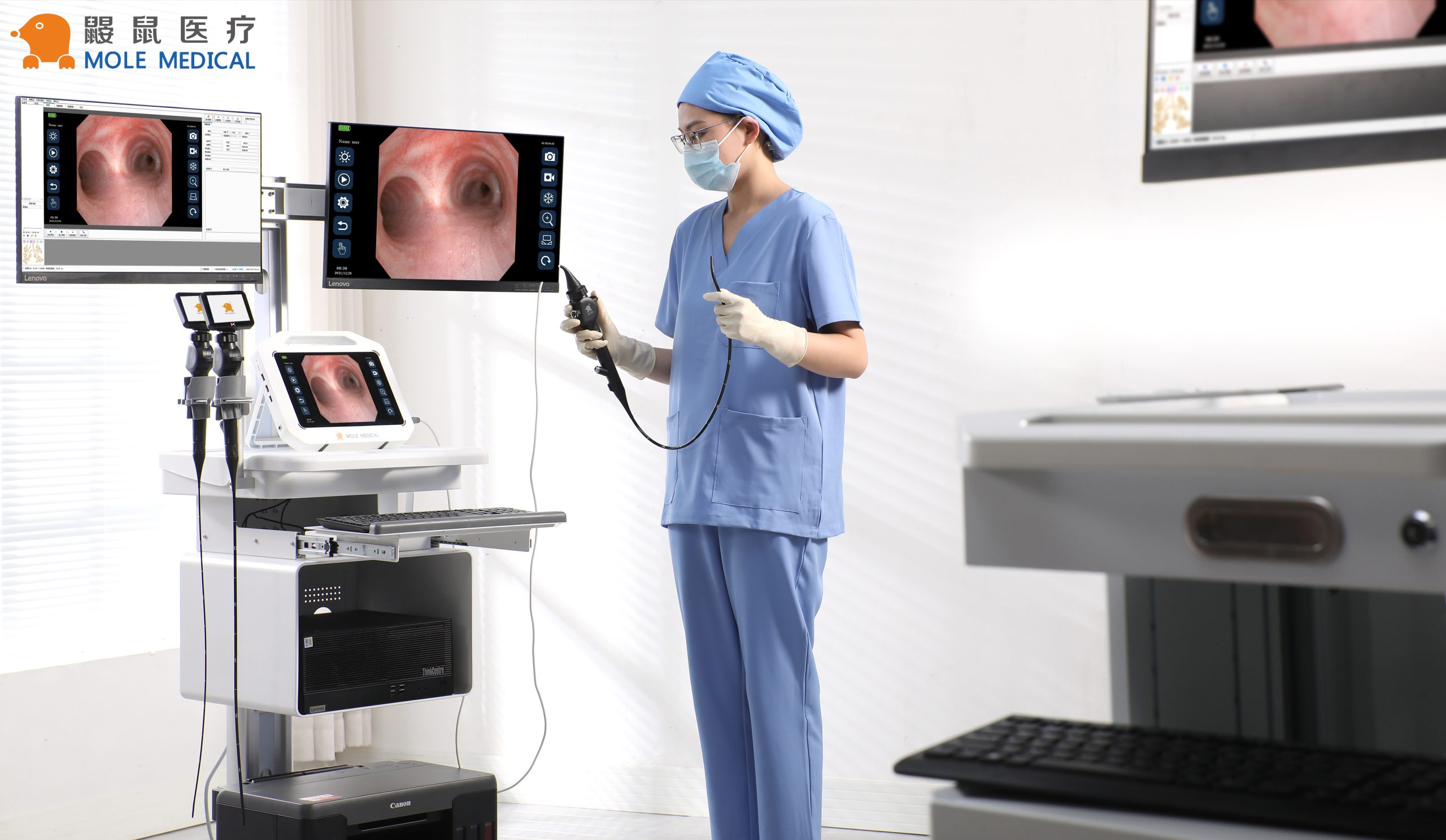
Emergency department essential: Mole medical portable video endotracheal intubation scope in the actual advantages of pre-hospital emergency
In the complex environment of pre-hospital emergency treatment, establishing artificial airway quickly and accurately is one of the key steps to save patients' lives. The traditional endotracheal intubation operation under direct laryngoscope has some problems such as limited field of vision and difficult operation, especially in the case of patients with limited neck movement, excessive oral secretions or anatomic abnormalities, and the success rate may be affected. In recent years, with the advancement of medical technology, portable video endotracheal intubation scopes have gradually become an important tool in emergency departments. Among them, the portable video endotracheal intubation scopes of Mole Medical show significant practical advantages in pre-hospital emergency care with its unique design and performance.
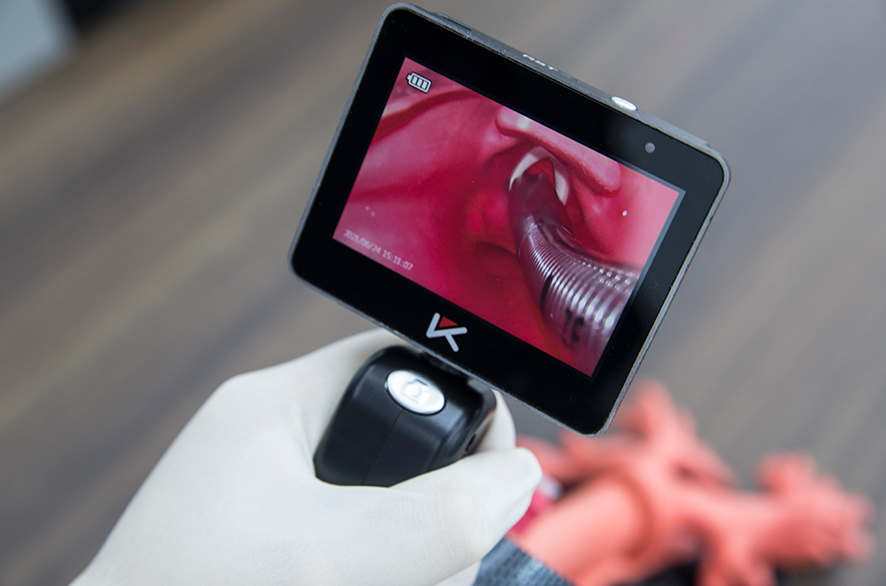
Disposable Video Laryngoscope for Adult Intubation: Advanced Airway Management
Why is good airway management important in emergencies and surgeries? Doctors and nurses must quickly and safely place a breathing tube in many patients. This is especially hard when the airway is difficult to see or reach. Video laryngoscopes help with this. They have a small camera that shows a clear view of the airway. ... Read more



